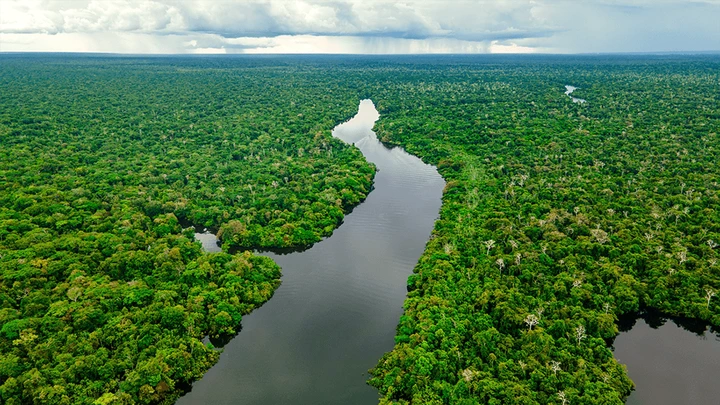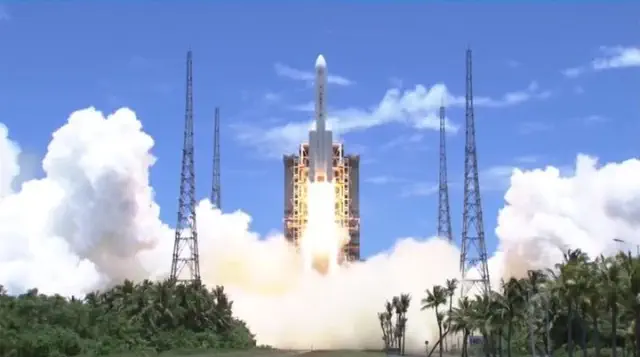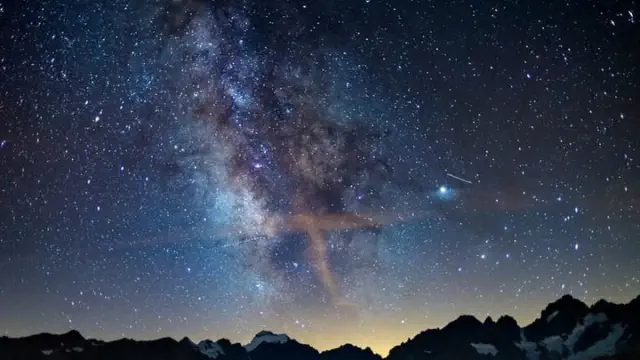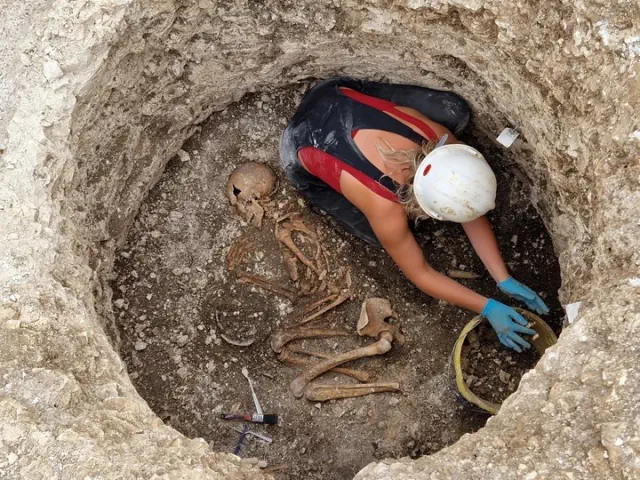While studying river sediment flow, a geology student stumbled upon something quite strange.

View pictures in App save up to 80% data.
The Amazon River holds the title of the largest drainage system globally, both in terms of water volume and its extensive drainage basin. Spanning approximately 6,400 kilometers (or 4,000 miles), this mighty river originates in the Andes Mountains of Peru, traverses the South American continent, and ultimately discharges into the Atlantic Ocean. Interestingly, a remarkable discovery made in 2006, along with further geological research, revealed that this has not always been its course; millions of years ago, the river actually flowed in the opposite direction.
Russell Mapes, a graduate student studying geology at the University of North Carolina, was exploring the movement of river sediment from the Andes Mountains to the Atlantic Ocean when he stumbled upon a puzzling discovery. While examining sedimentary layers in central South America, he unearthed ancient zircon gemstones that appeared to originate from the east, contradicting the expected flow from the younger Andes to the west.
“All along the basin, the ages of the mineral grains pointed to very specific locations in central and eastern South America," Mapes explained in a statement at the time.
It's quite peculiar, considering that the Amazon is well-known for its flow from West to East rather than the reverse. So, what could have caused these ancient zircon deposits to move from East to West? This isn't the sole indication suggesting that the river might have once flowed in the opposite direction; fossils of marine creatures typically associated with seawater have also been discovered in regions where their presence seems unlikely.
Looking into it further, the team determined that the Amazon river really did flow in the opposite direction in the past. That team put the reversal down to a highland area in northeastern South America, which formed during the Cretaceous Period between 65 and 145 million years ago.
Drew Coleman, Mapes' supervisor, clarified, "The Amazon's landscape is so level that even a slight tilt in either direction can lead to significant changes."
Researchers proposed that prior to the formation of the Andes, the existing gradient led the river to flow from East to West, directing its waters towards the Purus Arch, while the waters on the western side of the arch moved towards the Pacific Ocean. This team contended that as the highlands in the northeast underwent erosion, the flow of water shifted to the opposite direction. With the rise of the Andes, a basin emerged between the mountains and the arch. Eventually, this basin filled up and overflowed, establishing the current flow direction we observe today.
Mapes noted, “We believe this recent shift occurred in the last five to ten million years, which is quite rapid in geological terms. This highlights the ephemeral nature of the Earth's surface.”
While this was a reasonable hypothesis, a later model in 2014 suggested that the rise of the Andes caused them to intercept more clouds, and the subsequent flow of rain caused erosion, resulting in the Pebas wetlands. Eventually, on timescales which fit with the reversal around 10 million years ago, sediment buildup raised the area, resulting in the reversed flow of the Amazon river.
Further research is expected to clarify the precise mechanism behind the reversal, but current evidence indicates that the mighty Amazon River once flowed in the opposite direction.









